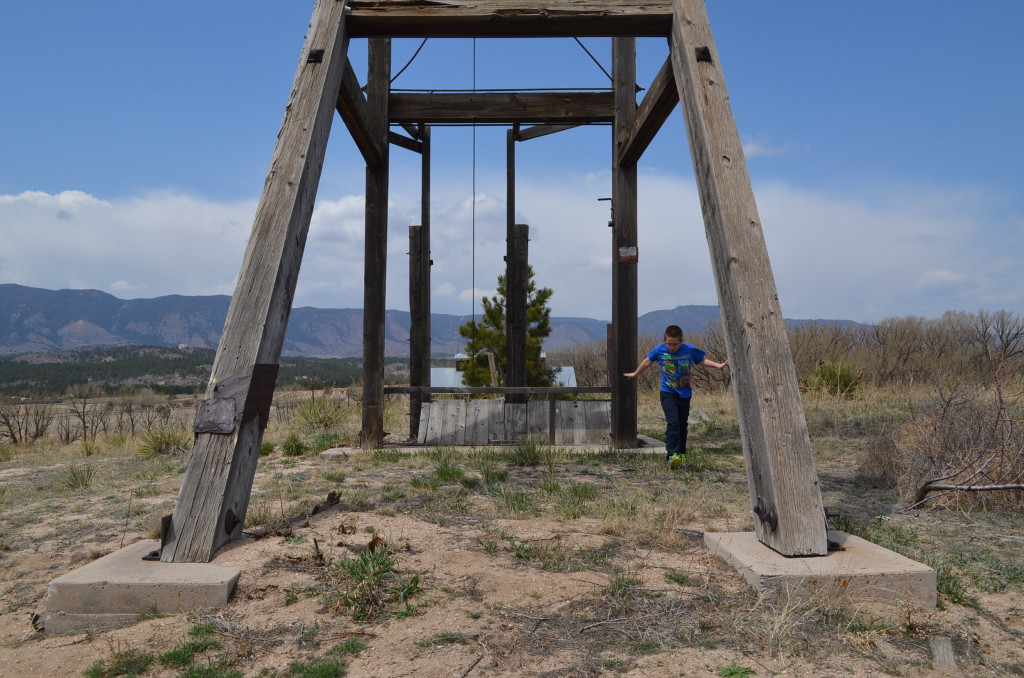
The Western Museum of Mining and Industry is a fun 1/2 day trip in the Colorado Springs area. We learned so much! Here’s Timmy posing at a headframe with the Rampart Range in the background.
The boys had some days with no school in April and early May, so we did some sightseeing around the city. I have a list that I keep of things to do when the kids have no school, and this year we are working our way through the list quite nicely. It was a lovely day on April 21st, so we visited the Western Museum of Mining and Industry, which is right off I-25’s Exit 156, which is also the North Gate of the Air Force Academy.
It was a great time for Jacob to take the trip, since he is currently in the middle of his first research paper about geology. He had a chance to learn about the valuable minerals that exist in the Rockies, and what is done to extract them.
This museum is a great half-day trip. Admission ranges from $4 for children to $9 for adults, with senior, military and AAA discounts available. It’s open from 9am – 4pm every day except Sunday, with guided tours available with admission at 10am and 1pm. I’d recommend this museum for elementary-school aged children, but no younger. There are several hands-on activities that could be hazardous to children, such as hammering and lifting heavy pieces of mineral ore for a measurement activity. In addition, the exhibits involve a lot of reading of scientific and technical information, which might not be very interesting to preschoolers.
You will find that many of the exhibits are…old. In other words, while the information hasn’t changed, especially the historical data, this is not as fancy as newer interactive museums. Much of the facility was built in the late 1970s and early 1980s, and you’ll feel that right away when you start exploring. My sons, who have been accustomed to cleaner, brighter, more computerized exhibits, noticed this right away. This is an old school museum, with mostly photos, sculptures, or artifacts…with a text explanation. That being said, there are several hands-on activities that my sons enjoyed checking out. Don’t let this stop you from visiting, because the information is still valuable; there’s still important history to be shared.
I will say this right up front: Make sure you take the tour! In fact, I had brought the kids with an hour to spare before the tour and I wish we had just arrived in time for the tour. The facility has numerous engines sitting throughout the facility with minimal explanation, but when the tour guide talks about it and the kids can see them in operation there’s so much more life brought to the engine!
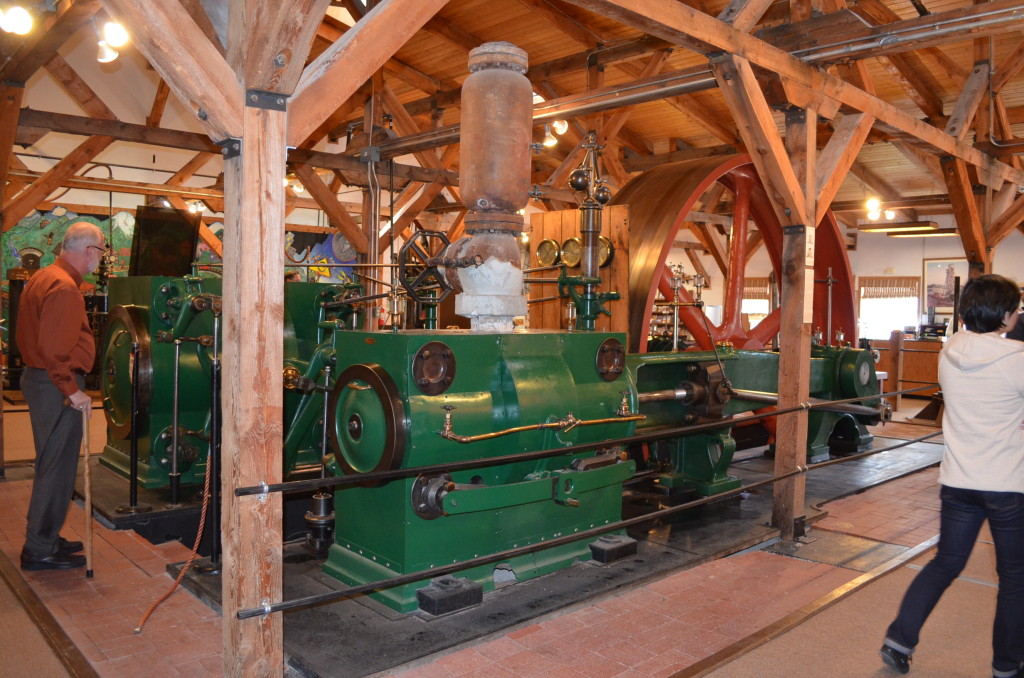
This is a “Corliss Steam Engine”, which was shipped via rail from New England to Colorado Springs in the late 1970s for the museum. It was reconstructed on the grounds and then the main museum building was constructed around it. It was really neat to see the engine actually running, which you will only experience if you are at the museum during a tour.
Since we arrived early, we took advantage of a scavenger hunt that the museum offers for the children. Jacob did a great job with the hunt, answering all the questions.
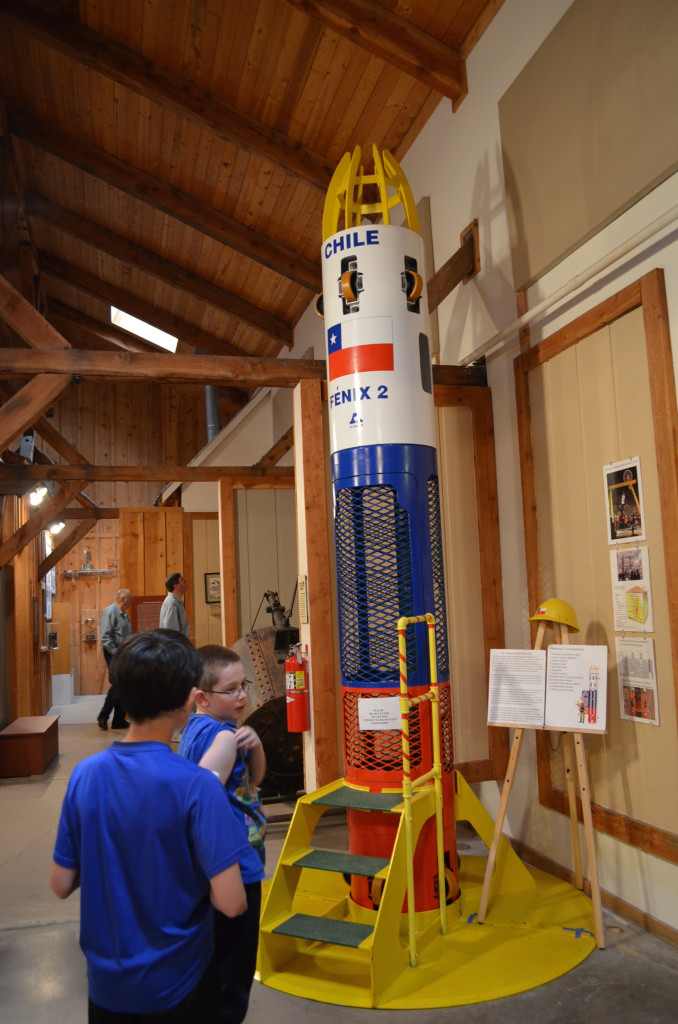
A replica of the Phoenix 2 rescue chute that was constructed for the Chilean miner rescue of 2010. Kids were able to climb inside and experience how narrow it was. This was part of the scavenger hunt the boys completed before our guided tour.
Once we were on the guided tour, the museum actually made a lot more sense to me. There is an order to the museum, which wasn’t clear when the boys and I wandered through on our own.
We started our tour with a large map of western mines in the U.S., and then visited an exhibit called “What’s Mined is Yours”, showing where mined materials exist in our everyday lives. The boys found this area very interesting.
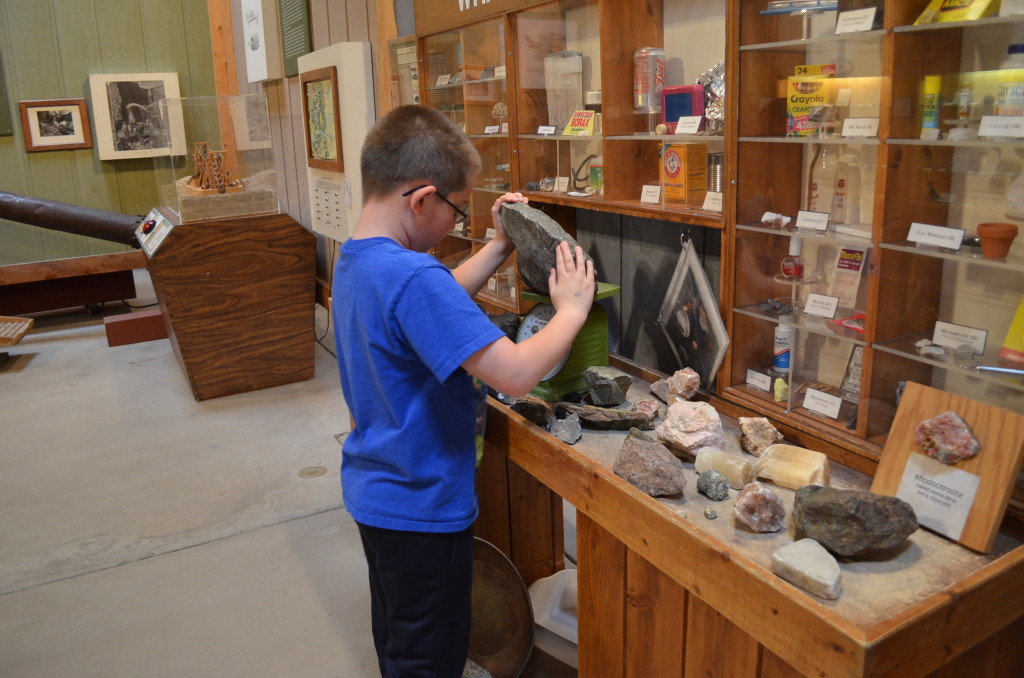
“What’s Mined Is Yours”, an exhibit showing raw materials, along with the products it could be used for in everyday life.
Next, we learned about “placer” (pronounced “plah-ser”, not “play-ser”) mining. A placer is a bed of mineral deposits in a lake or river, thus “placer mining” includes the classic “panning for gold” type of mining.
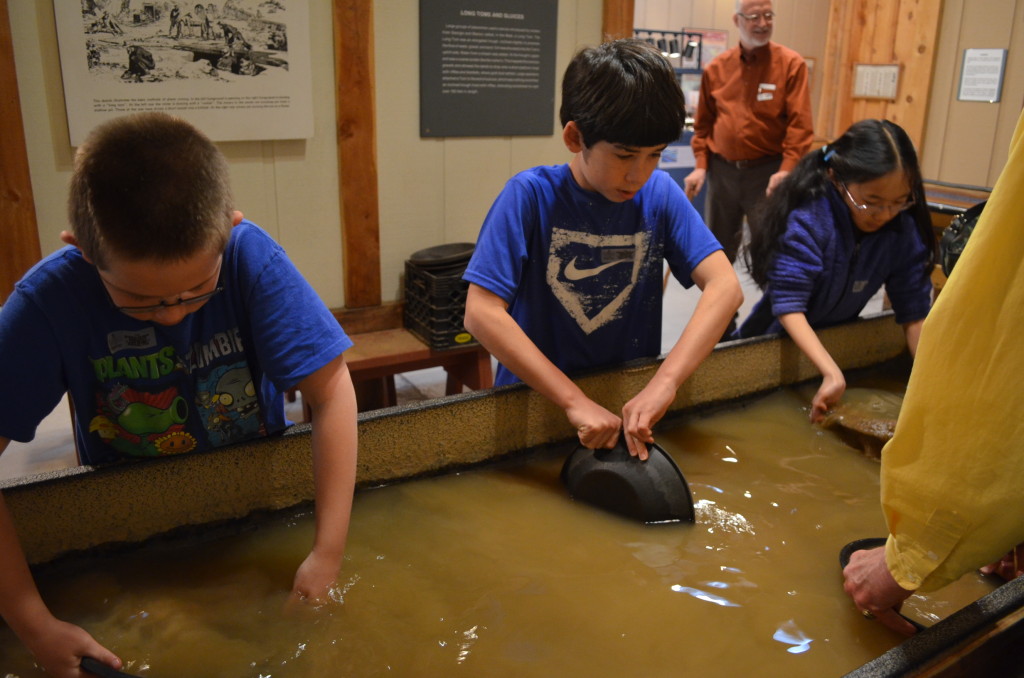
The boys trying their hands at “placer mining”. This was real river bed placer material from near Cripple Creek. Real gold had been found by museum visitors, but we didn’t find any.
After this hands-on activity, we spent a lot of time learning about the inventions that helped make the hard rock mining possible and more convenient. An example of this is the calcium carbide lamp in the 1890s., which was a genius invention. Click this link to read more about how it works. We also learned about the miner’s lifestyle, from their home lives to their health.
We got to see several pieces of equipment in full operation. This was very loud, but I was impressed at how well the machinery is kept up so it can continue to run well over 100 years into its life. There are air hoses that run throughout the museum, which connect to to the machines and provide the power.
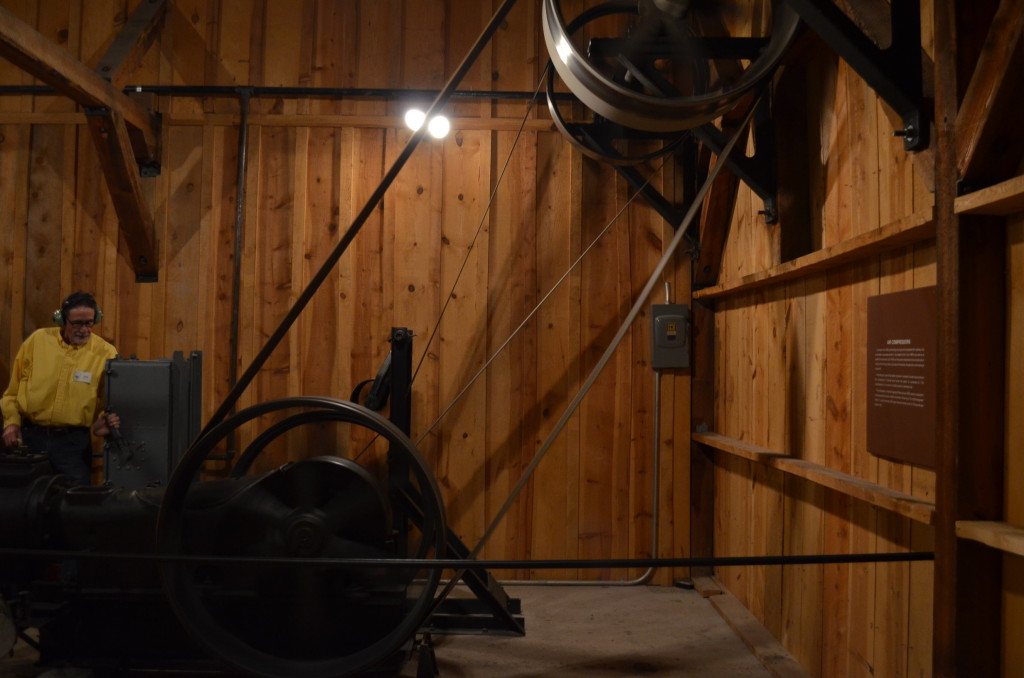
This is a steam engine that had numerous gears that belts that help the miners run assorted tools. Boy was it loud! The flywheels on the left are turning quickly, perhaps you can see that in this photo?
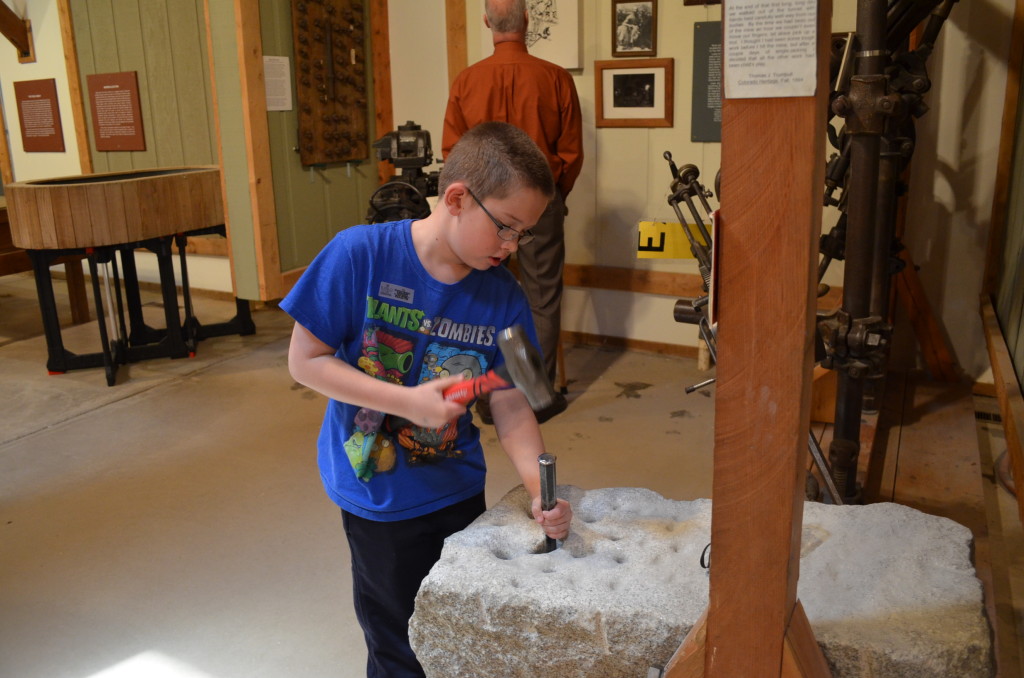
I’m not sure Timmy was supposed to be doing this without tour guide supervision. You could tap into the rocks to learn how the miner prepared for dynamiting operations.
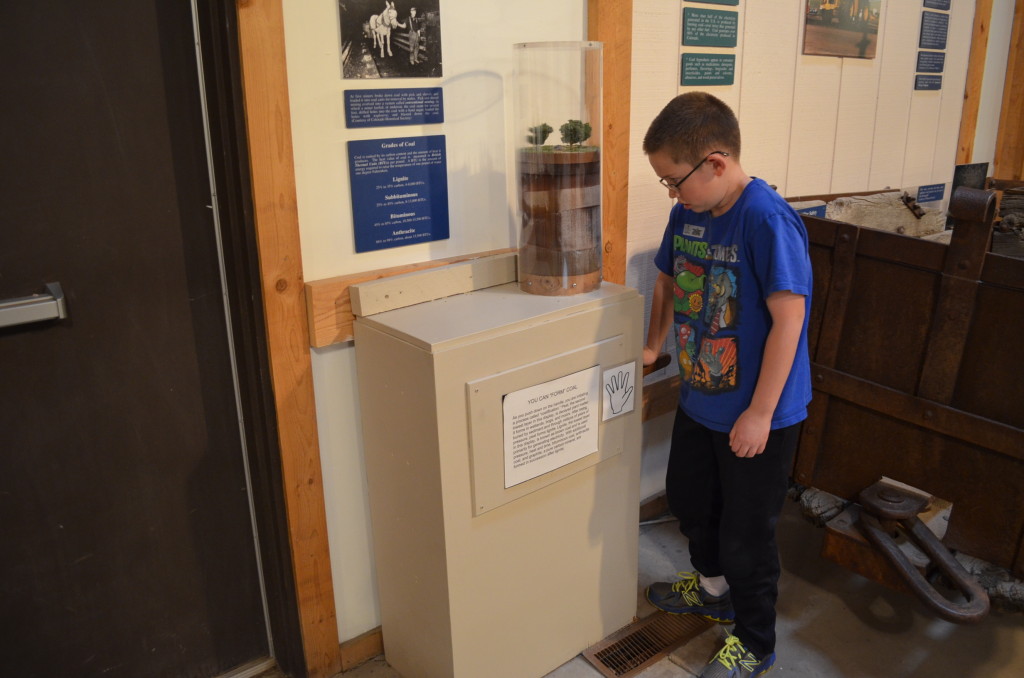
There are several hands-on activities that are appropriate for elementary-school-aged kids. This is an exercise demonstrating how pressure over thousands of years helps form the rocks that we mine. Timmy is pressing on a lever that compresses the cylinder.
The tour lasts between 2 and 2 1/2 hours. The guide we had (a former history teacher) was very thorough and very knowledgeable.
There’s also an opportunity to explore the property surrounding the main museum building. We visited several areas discussing the environmental impacts of mining, plus head frames, and other industrial equipment that doesn’t fit in the main building. There’s also a recreated stamp mill mine that includes machinery from a mine in Montezuma, Colorado.
There is a pair of burros living on the museum grounds as well. Nugget and Chism were rescued from elsewhere in Colorado and live comfortably on the property. Visitors will learn about how burros were a critical part of mining, thanks to their compact size and ability to carry equipment throughout the confined spaces.
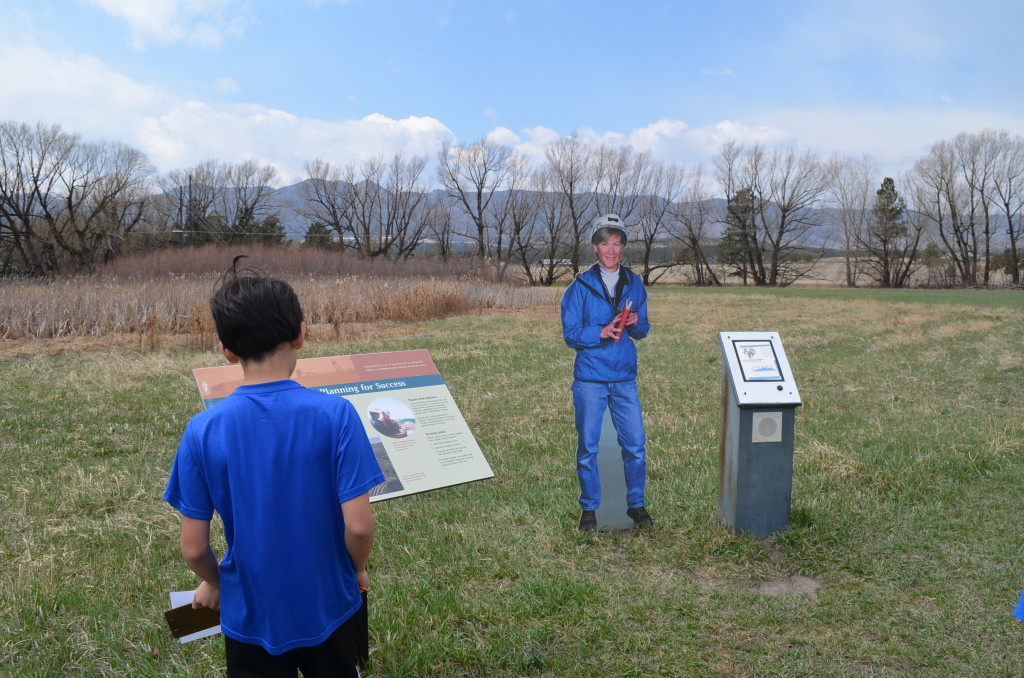
Surrounding the main museum building were numerous placards explaining how modern-day mining is done with environmental impacts in mind. Those cutouts of mining engineers and environmental engineers were kind of creepy.
We spent about 3 1/2 hours at the museum but I would advise visitors to arrive just before the 10am or 1pm tours. It’s a fun half-day experience. The boys and I learned quite a bit.
Note: In September and October the museum offers “Haunted Mine Tours” for visitors ages 13 and up. This is a fundraiser event for local charities.

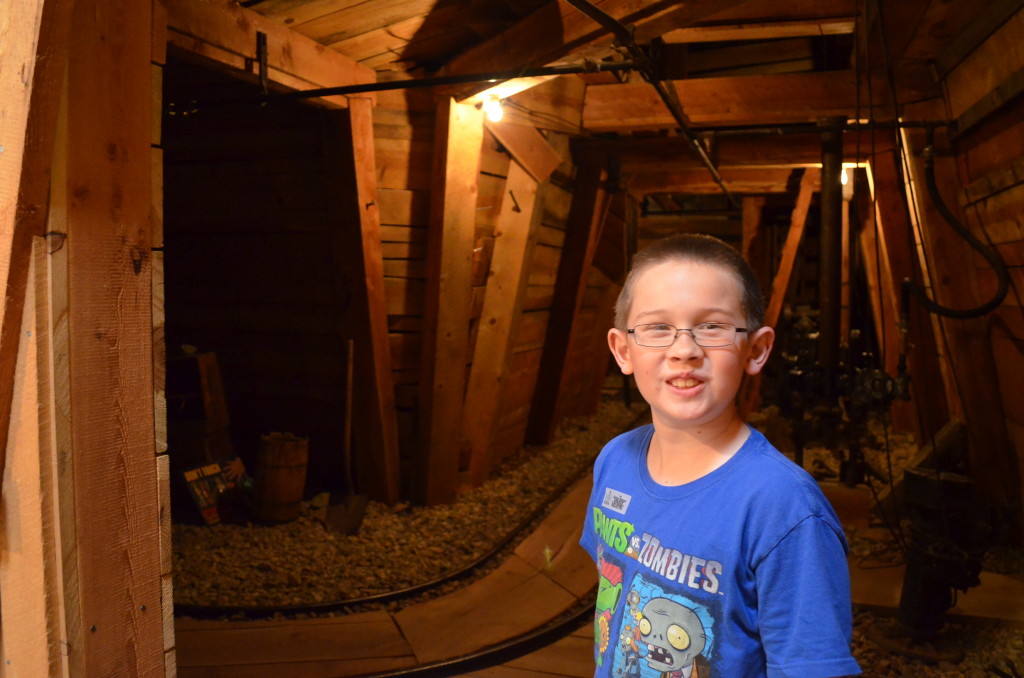
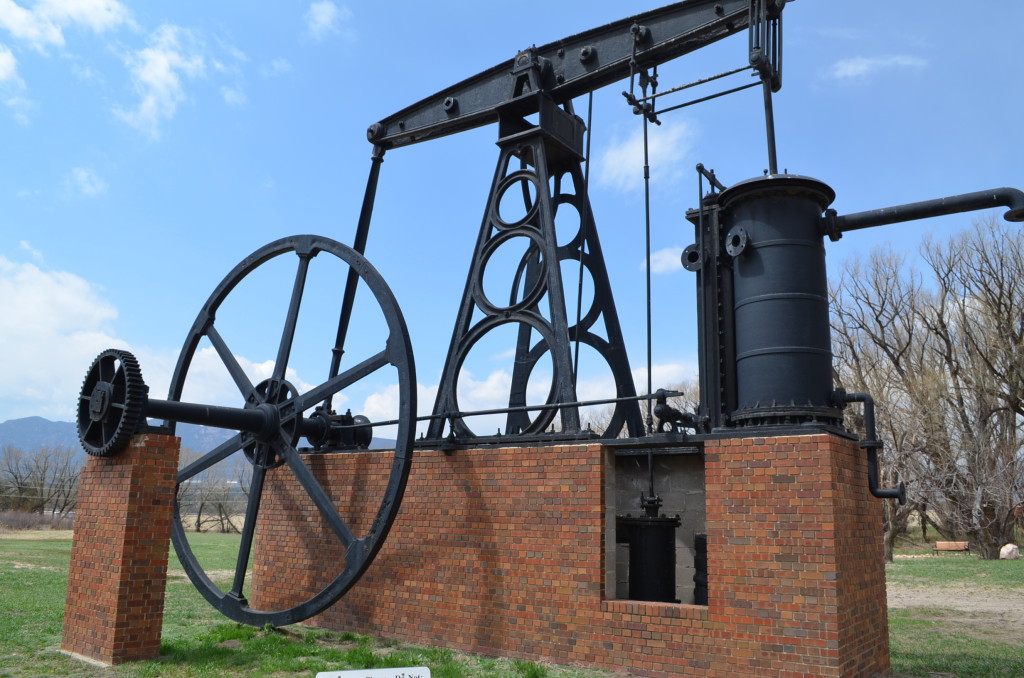
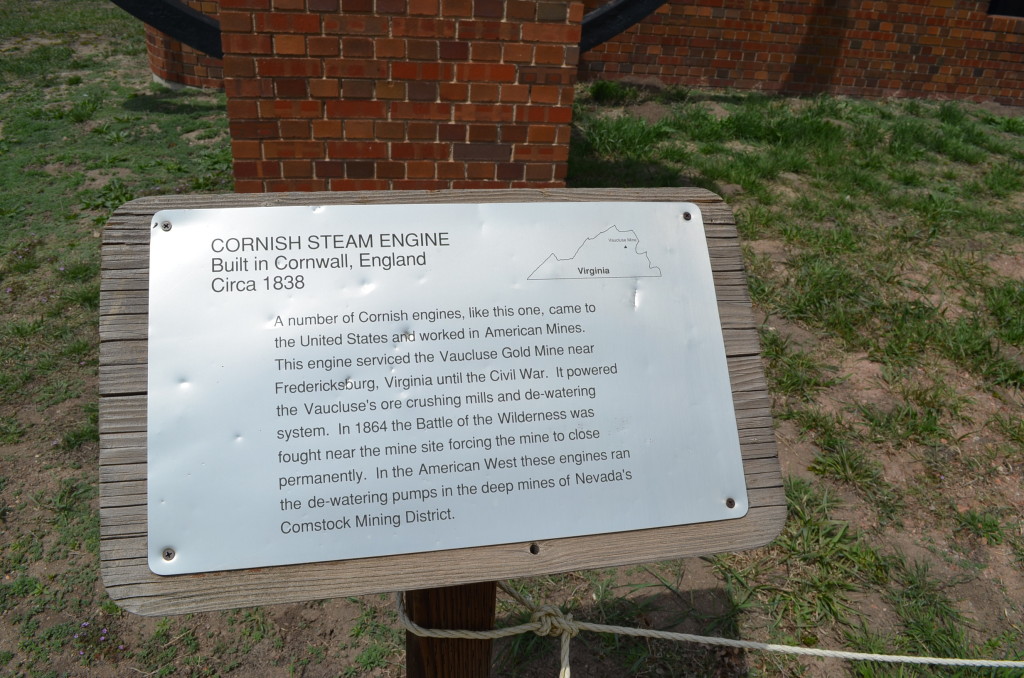
Recent Comments